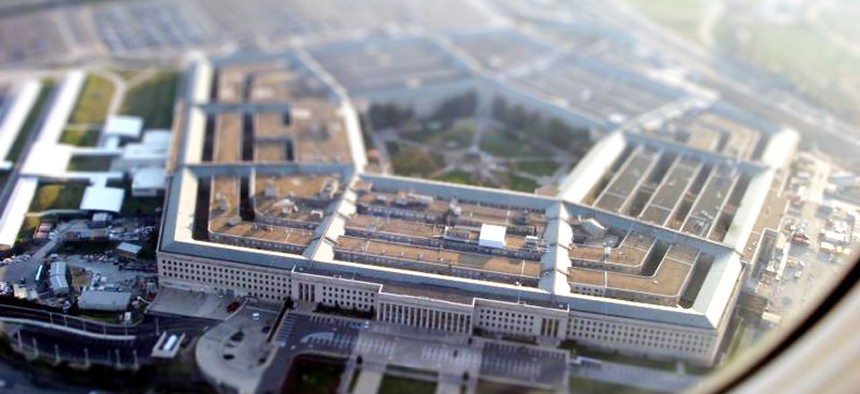BYOD to the Pentagon? Pilot to Begin This Summer

Flickr user Michael Baird
One of the government’s most risk-averse agencies is making plans for a BYOD pilot program this summer.
You’ve no doubt heard the acronym BYOD.
It stands for "bring your own device," and BYOD strategies typically consist of an organization’s policies toward employees using personal laptops, tablets and other mobile devices for work-related purpose.
Government has been far more stringent with its BYOD policies than industry counterparts. Indeed, one hears the alternative definition of BYOD -- "bring your own disaster" -- often at Beltway tech conferences.
Yet, the Defense Department, one of the government’s most risk-averse agencies, is making plans for a BYOD pilot program this summer, according to DOD Chief Information Officer Terry Halvorsen.
On a call with reporters March 18, Halvorsen announced the pilot and said its first users would be staff from DOD headquarters -- a “big enough user base that it will be a controllable test.”
This is a huge step for the Pentagon, which will use the BYOD pilot to work through numerous challenges and potential problem areas, including how to ensure each smartphone meets minimum security requirements.
This effort is part of a broader DOD effort to advance the department’s transition to the Joint Information Environment.
DOD has issued "dual-persona” unclassified BlackBerry smartphones and a modified commercial Android phone that Pentagon personnel can use to handle data at secret-level classifications. So far, 1,500 of the unclassified phones have been issued but have not been able to keep up with demand.
It’s no wonder why: Dual-persona phones allow users to handle official business with the added benefit of access to personal email and limited applications, including Pandora.
It’s the little things in life, and you just know a ton of people in the Pentagon can’t wait stream Kid Rock from their own devices.



